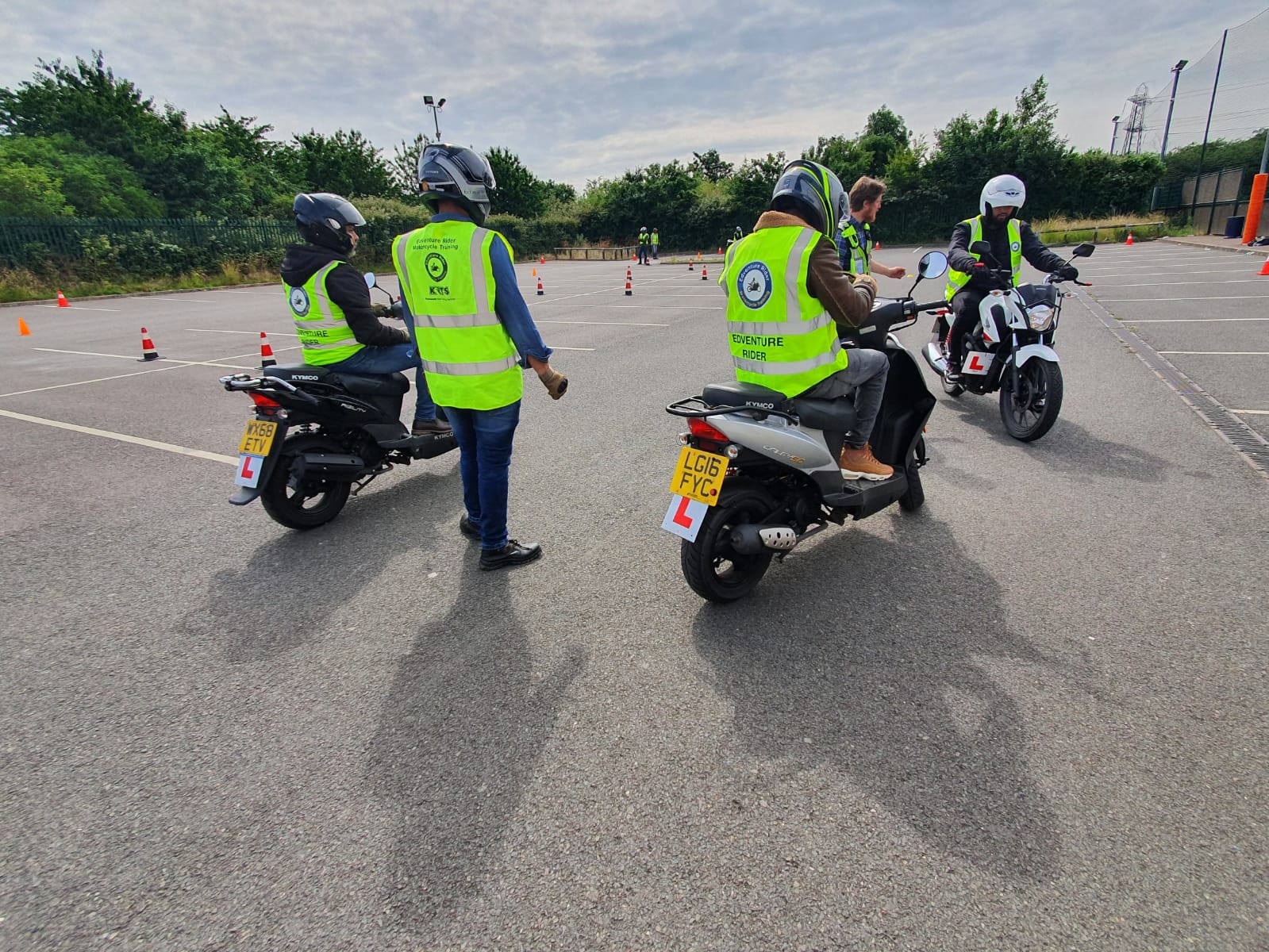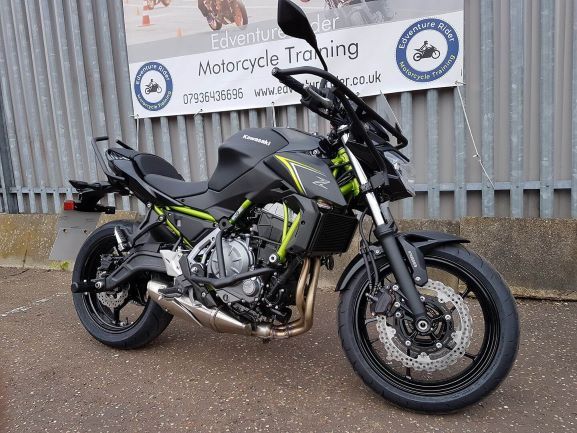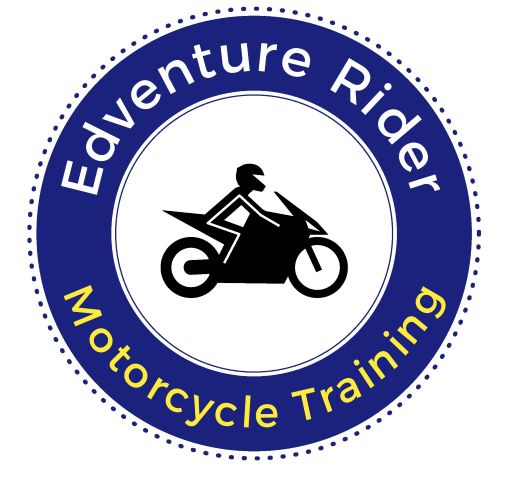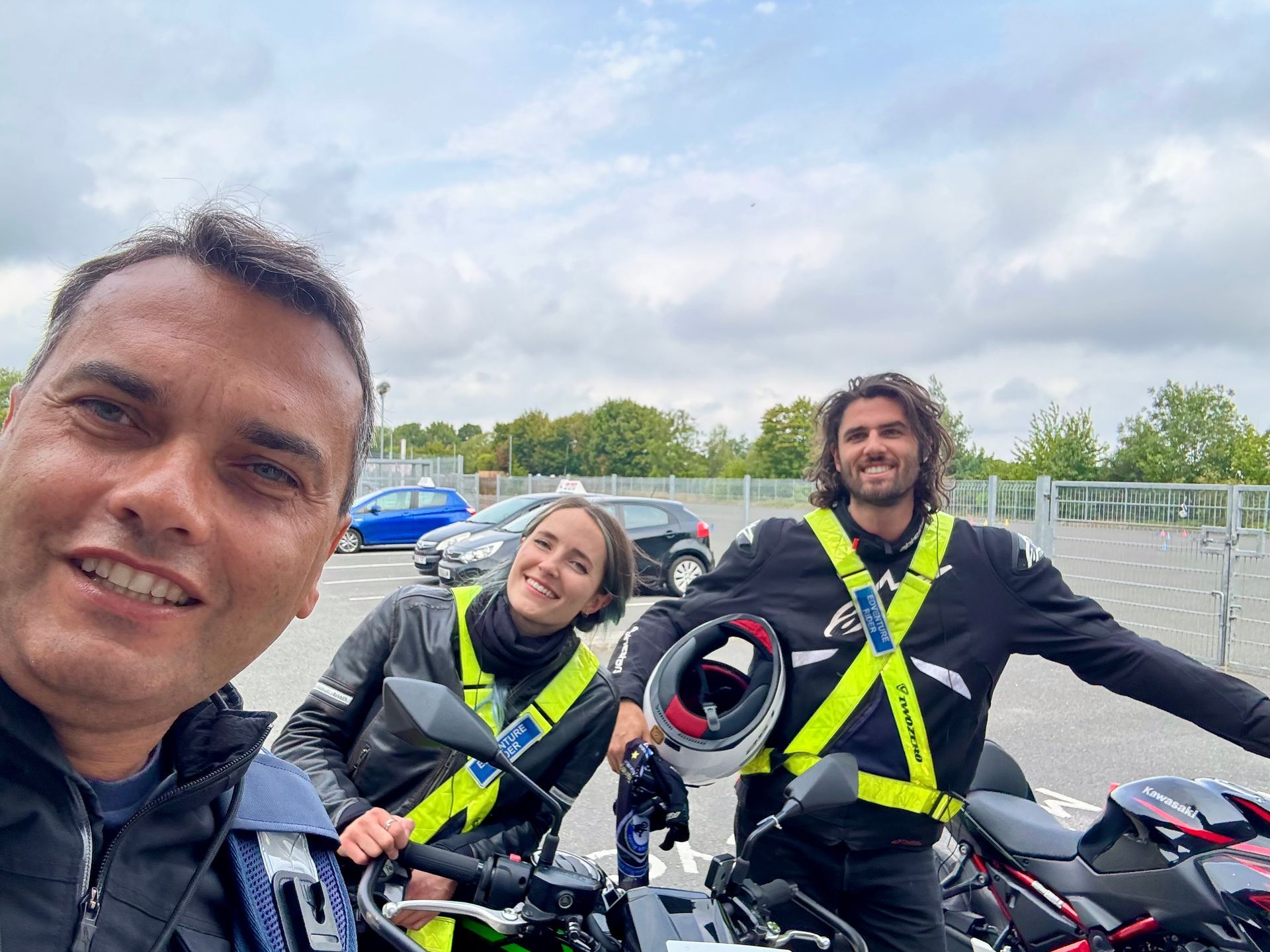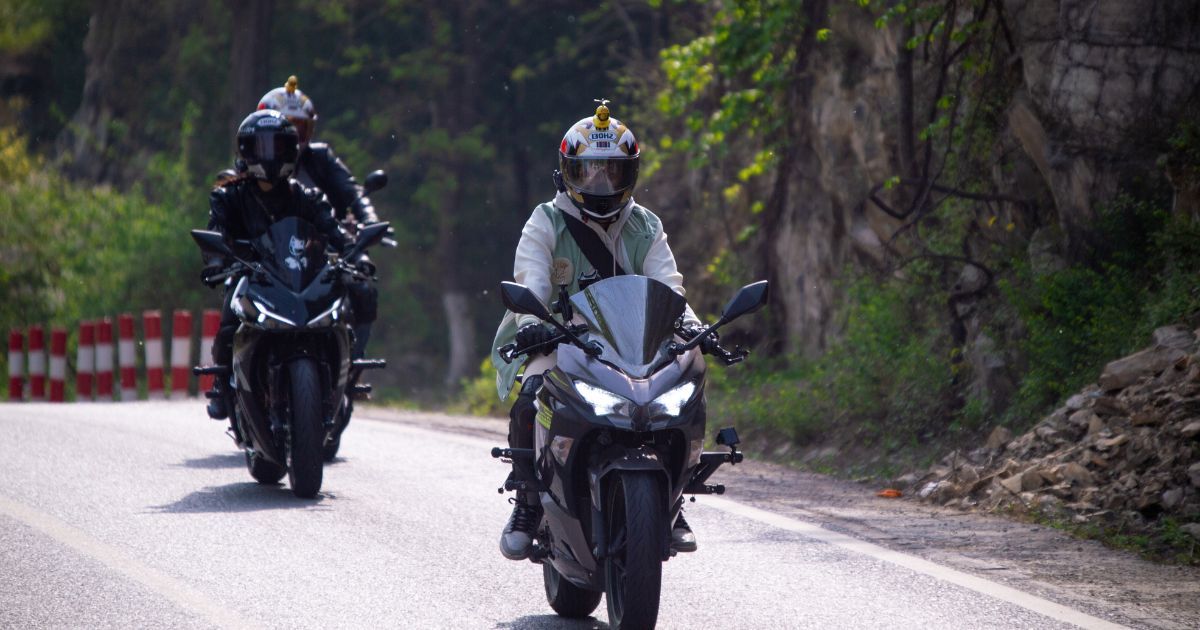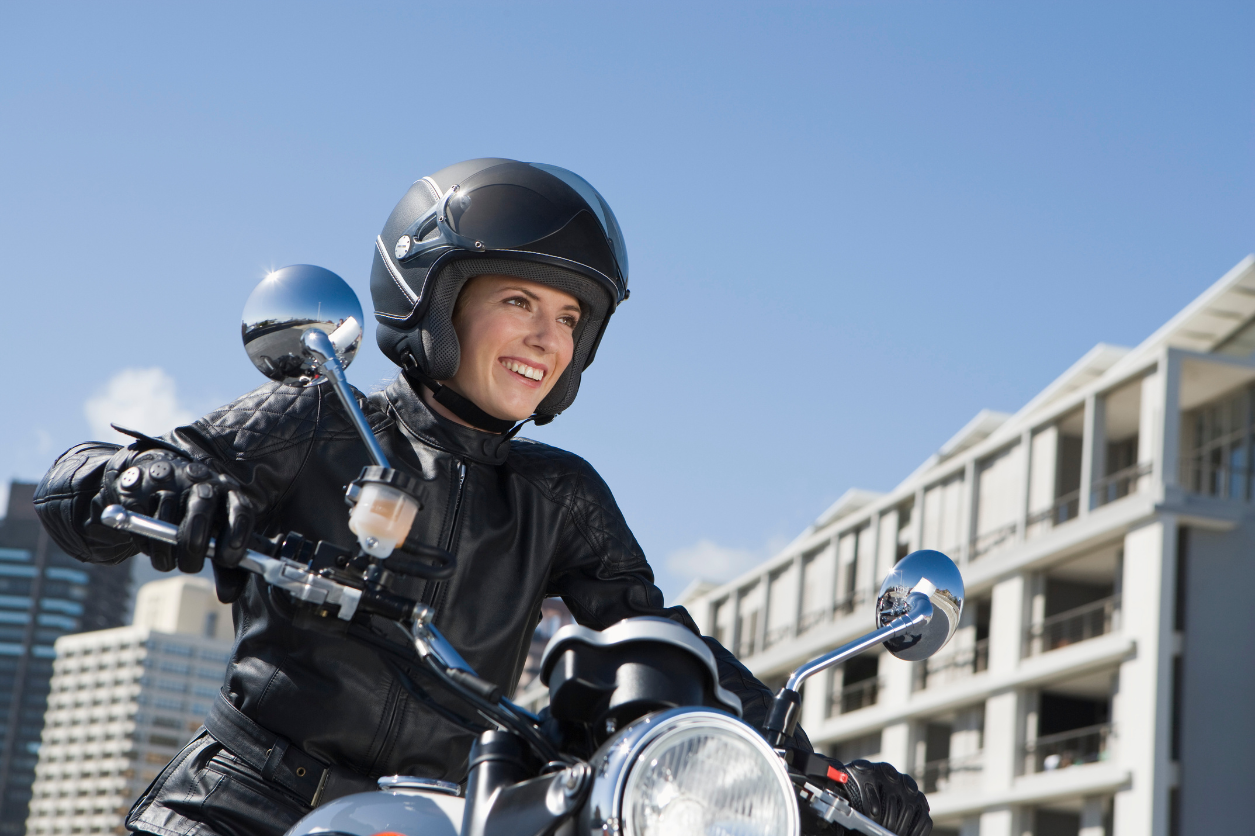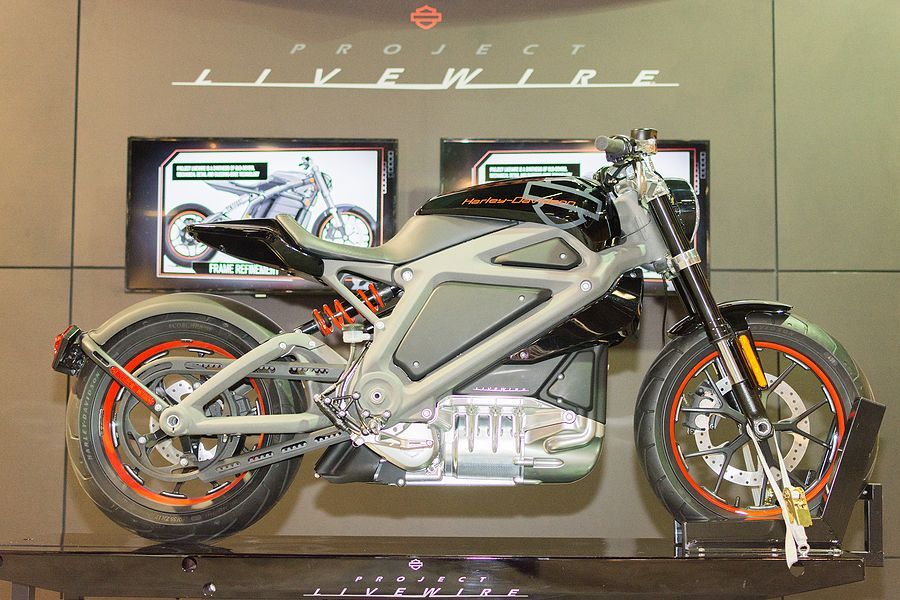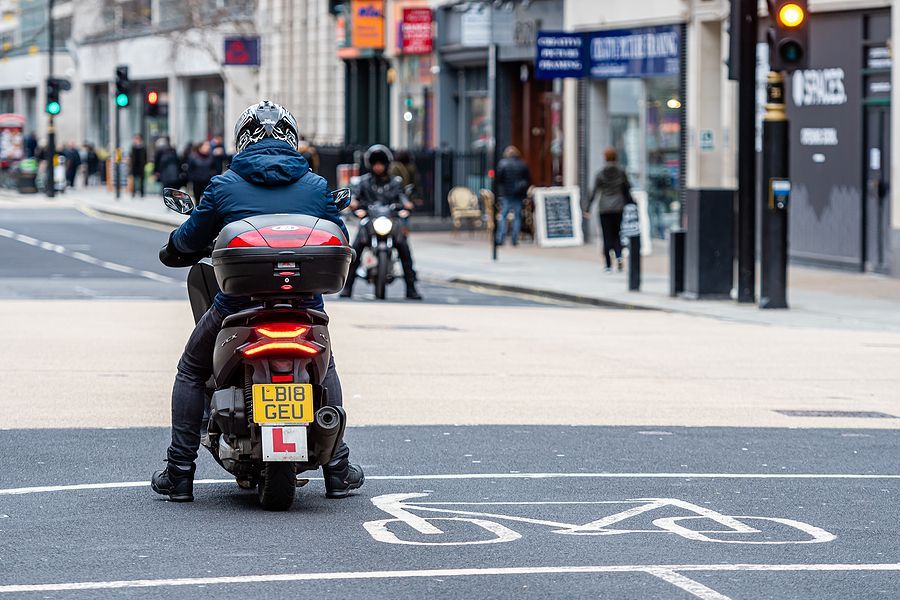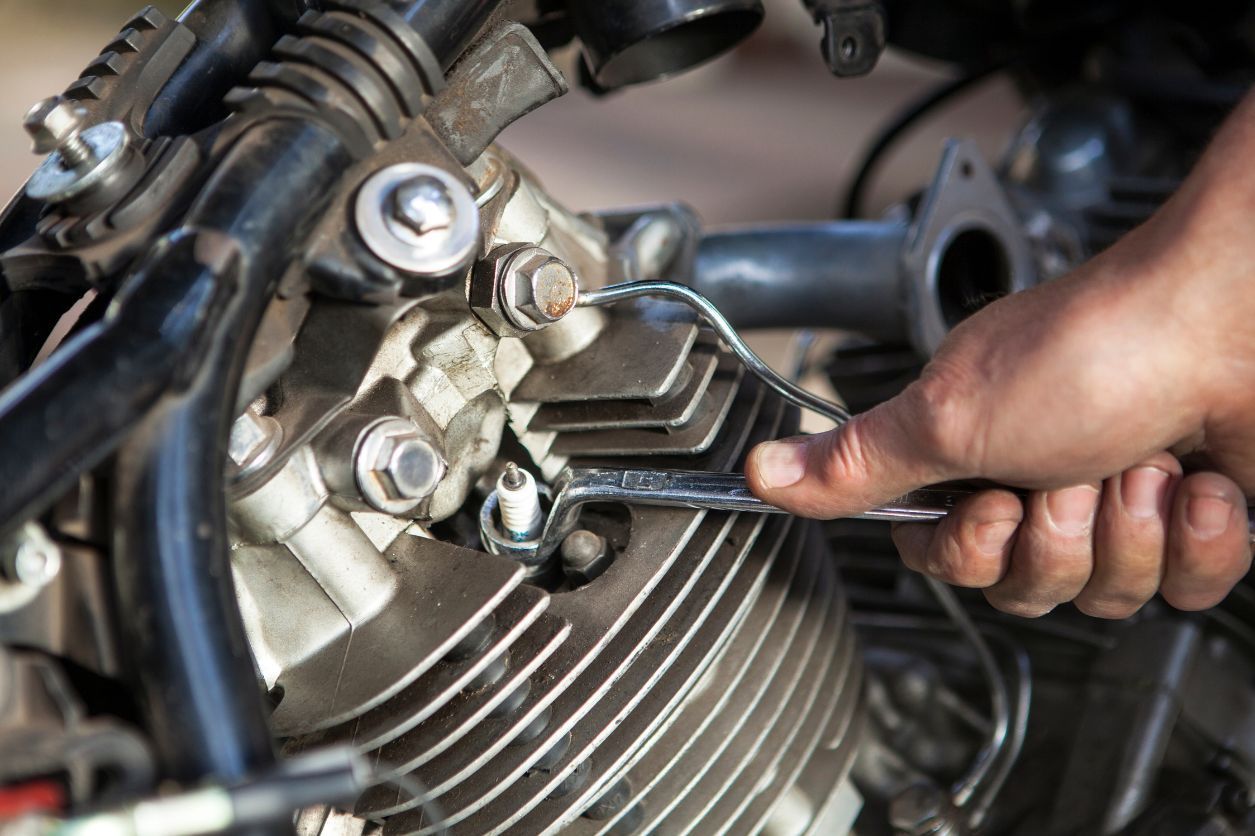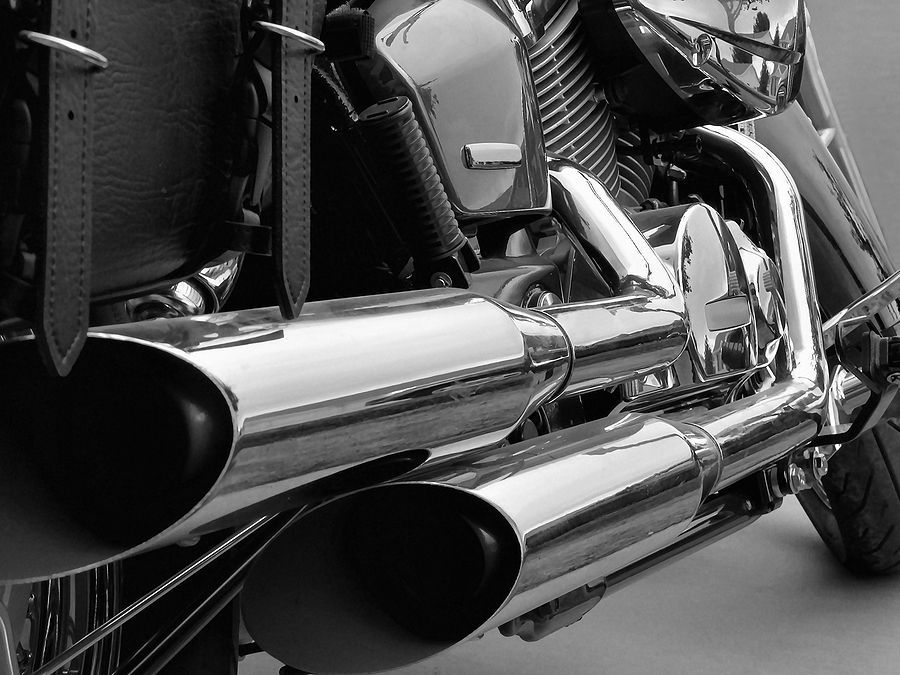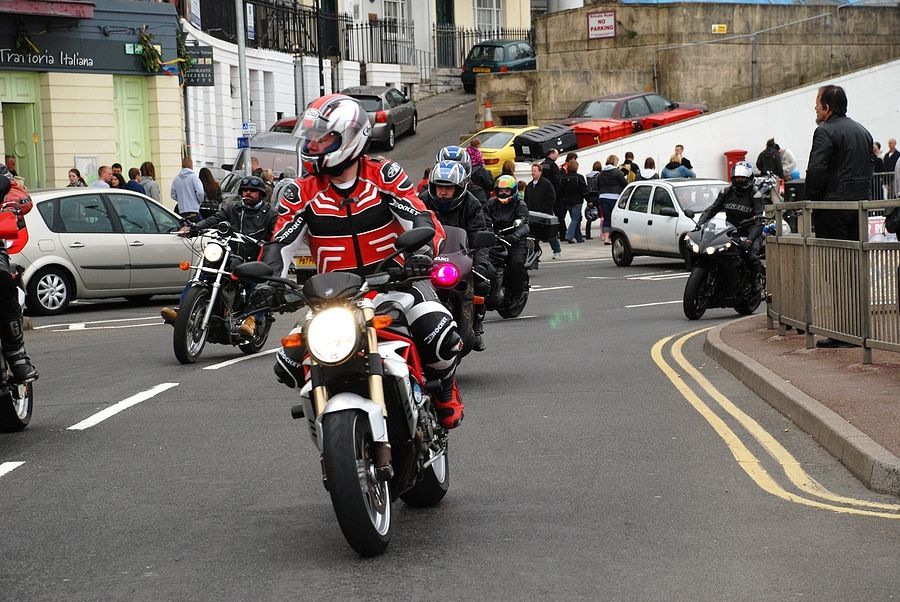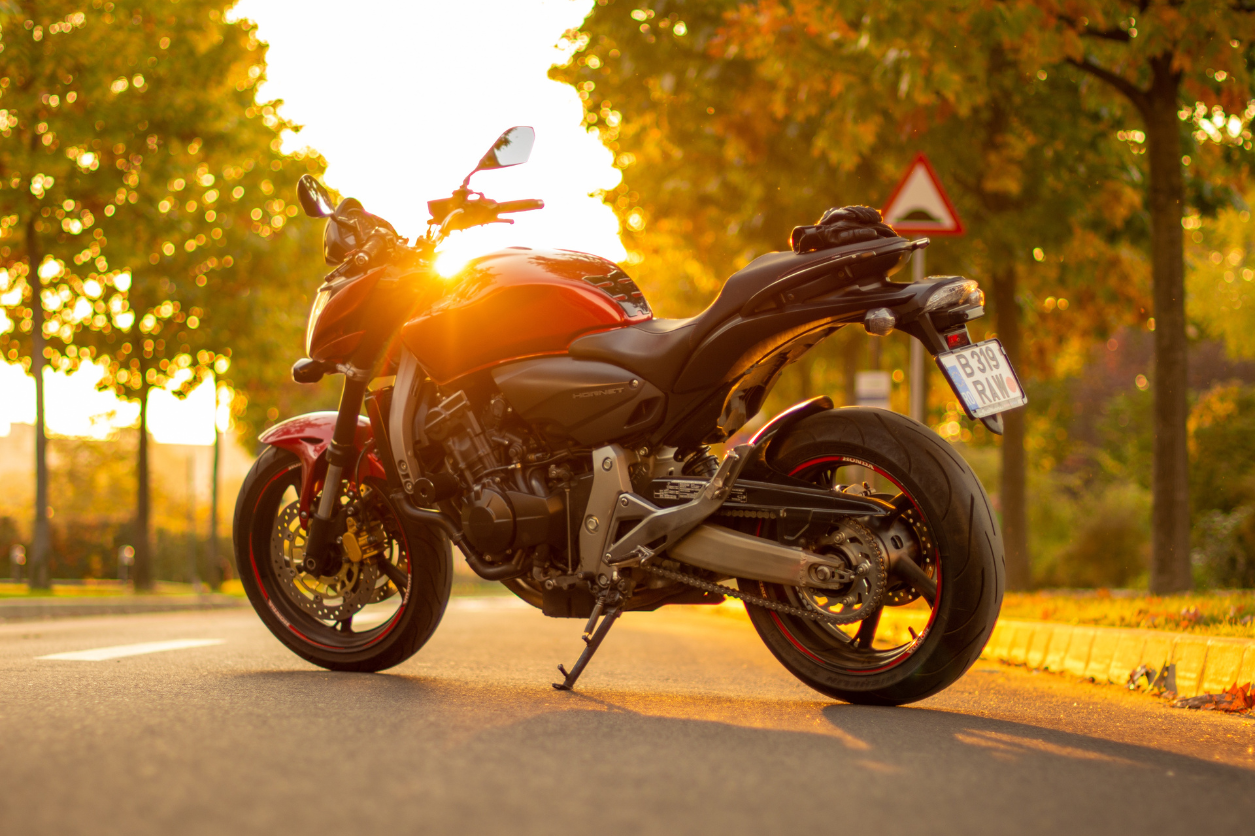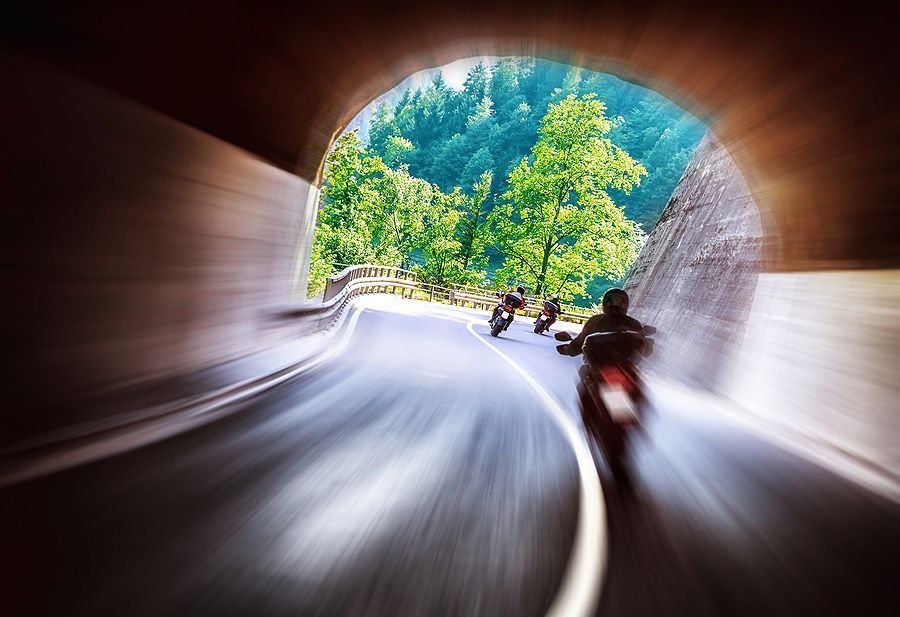The Motorcycle Too Far Ahead Of Its Time
When opting to learn to ride a motorcycle at a suitable driving school, the choice of bike is essential to ensure not only the safety of the rider but also to provide a solid set of learning principles that can be applied to practically every other bike.
An example of the type of bike that would be largely unsuitable for this was the Suzuki B-King, but it did not have to be this way. At one point the innovative high-performance bike was akin to the Mercedes S-Class in providing a signpost to the future.
The bike was first unveiled as a concept bike based on the Hayabusa, but even by concept bike standards the proposed set of features was extremely appealing.
It would not only be made from carbon fibre and exotic lightweight materials with futuristic (for 2001) styling but it would also be loaded with state-of-the-art features.
It would feature a helmet with a dedicated HUD that connected to the bike, providing telemetry, real-time weather and traffic updates using GPS and connections to mobile phone technology, as well as self-diagnostics to ensure it was running at top condition.
At one point there were plans to have the ignition use a thumbprint, although exactly how that would work if you needed to wear gloves whilst riding is anyone’s guess.
Many of these features have ended up being available as features on bikes, but at the time it was groundbreaking. The problem was that it did not stay that way.
The bike was meant to arrive in 2004 but it took three further years before the B-King was released, and it got worse when it did.
At some point, Suzuki was forced to abandon all of its promises, leaving a heavy, lower power, less-featured version of the Hayabusa, and all of the electronic concepts were abandoned entirely.
It had the huge exhaust pipes of a superbike but lacked the supercharger to live up to these promises.
Whilst it did develop a cult appeal after it was discontinued in 2012, it wound up being a warning to ensure that any radical designs have fundamental underpinnings to ensure they are not left behind.
